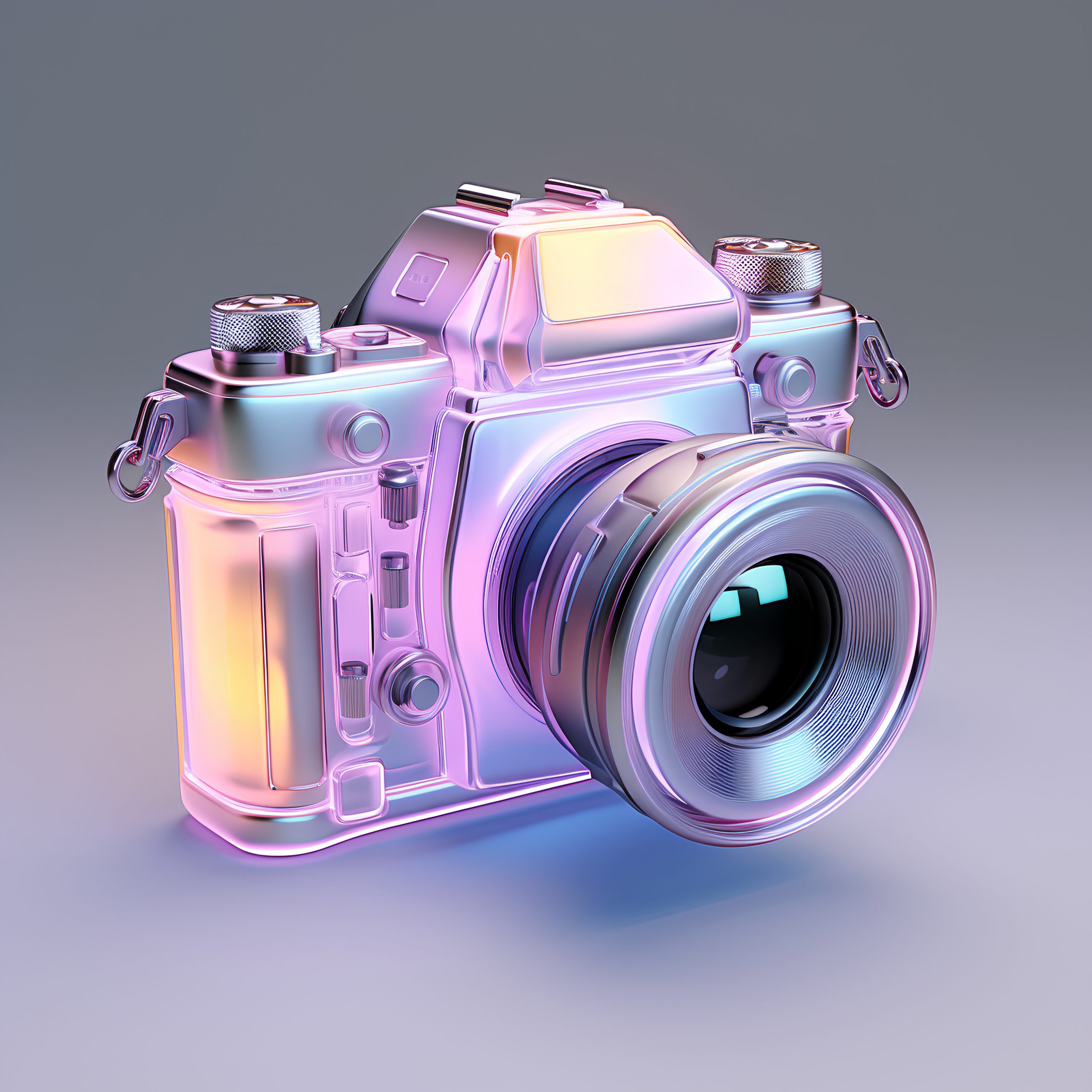Photography: Technology vs traditional cameras
DSLR (Digital Single-Lens Reflex) cameras have long been the go-to choice for professional photographers and enthusiasts in the rapidly evolving world of photography.
With advancements in mirrorless technology and the rise of smartphone photography, the popularity of DSLR cameras is on the decline.

DSLR (Digital Single-Lens Reflex) cameras have long been the go-to choice for professional photographers and enthusiasts in the rapidly evolving world of photography. However, with advancements in mirrorless technology and the rise of smartphone photography, the popularity of DSLR cameras is on the decline. This Podcast explores the factors contributing to the decline of DSLRs. It examines whether their reign as the dominant photography tool is coming to an end.
Podcast
The Rise of Mirrorless Cameras
One of the primary reasons behind the decline of DSLRs is the emergence of mirrorless cameras. Mirrorless cameras offer several advantages over their DSLR counterparts, including smaller size, lighter weight, and quieter operation. They often provide comparable image quality, faster autofocus, and superior video capabilities. These advantages have made these cameras increasingly popular, especially among photographers who value portability and versatility.
Capturing that perfect image often means accessing a camera at any moment, so portability is high on a photographer’s priorities. So lightweight cameras and smaller in dimensions can make all the difference.
Smartphone Photography
The ubiquity of smartphones equipped with high-quality cameras has significantly impacted the decline of DSLRs. With advancements in smartphone camera technology, many casual photographers find their smartphones sufficient for capturing everyday moments. Smartphones’ convenience, ease of use, and instant sharing capabilities have made them a preferred choice for casual photography, reducing the need for DSLRs.
These cameras have undergone vast technological improvement, which, combined with applications, offers a competitive alternative to mainstream photography.
Evolving Consumer Preferences
As photography becomes more accessible and democratised, consumer preferences shift towards convenience and simplicity. Many photographers, especially beginners, now prefer compact, easy-to-use cameras with automatic settings and quick sharing options. DSLRs’ complex controls and steep learning curve can intimidate newcomers, leading them to opt for simpler alternatives.
A classical approach to image capture means that some parts of society value complexity and favour a more complicated system. Preferences depict buying power, and the market was responsive to change certainly from the smartphone sector. The divide in the photography sector is closing in, with only a tiny minority still insisting that traditional cameras offer higher quality.
Whichever way the wind blows, image-enhancing software is a common factor shared between the two fractions. It’s safe to say that it plays a part in producing the best image capture possible, with colour exaggeration fuelling demand.
Technological Advancements in Mirrorless Cameras
As mirrorless technology advances, it is closing the gap with DSLR cameras in terms of image quality, autofocus performance, and battery life. Mirrorless cameras now offer comparable or even superior features, challenging the dominance of DSLRs. As manufacturers invest more resources into mirrorless technology, the gap will likely continue to narrow, further eroding the appeal of DSLRs.
The Cost Of Photography
Social media platforms place more pressure as the media has shown that the better the capture, the more likely the likes and following, which in turn can equate to a monetary gain. So, manufacturers have realised that price is a significant factor.
While DSLRs still hold an advantage in terms of price for professional-grade equipment, the cost of entry-level mirrorless cameras has become more affordable, making them an attractive option for novice photographers. With more affordable mirrorless options available, the price advantage of DSLRs may no longer be a compelling factor for many consumers.
As technology continues to advance, it will be fascinating to see how the photography landscape further transforms, leaving behind the traditional DSLR cameras of the past.
Photography Conversation Questions
1. Is the decline of DSLR cameras due to technological advancements or changing consumer preferences?
2. Are smartphones and mirrorless cameras capable of replacing DSLRs in terms of quality and functionality?
3. How has the decline of DSLR cameras affected professional photographers and their businesses?
4. Should photography enthusiasts still invest in DSLR cameras, or is it better to embrace newer technologies?
5. What are the advantages and disadvantages of DSLR cameras compared to smartphones and mirrorless cameras?
6. Has the decline of DSLR cameras democratised photography, making it more accessible to a broader audience?
7. Are DSLR cameras still relevant in specialised fields such as sports, wildlife, or astrophotography?
8. What role does brand loyalty play in the decline of DSLR cameras, and how does it affect consumer choices?
9. How has the decline of DSLR cameras impacted the photography industry as a whole, including manufacturers, retailers, and photography education?
10. Will the decline of DSLR cameras lead to a decrease in the overall quality of photography, or does it open up new creative possibilities?
IELTS essay writing task
Some people believe that smartphone devices will eventually replace traditional DSLR cameras. Others believe that DSLR cameras will always be superior to smartphones and will never be superseded. Write an essay to express your opinion and provide examples from your experiences.
*You should write at least 250 words and take at most 40 minutes to complete this task.

